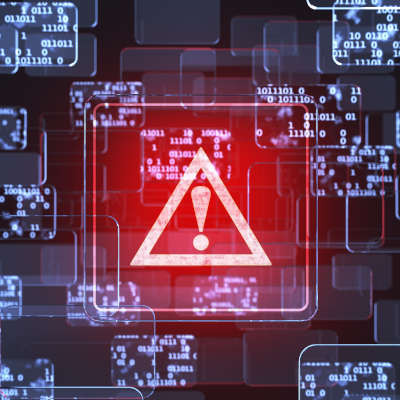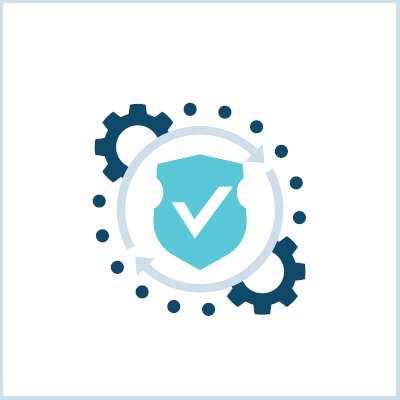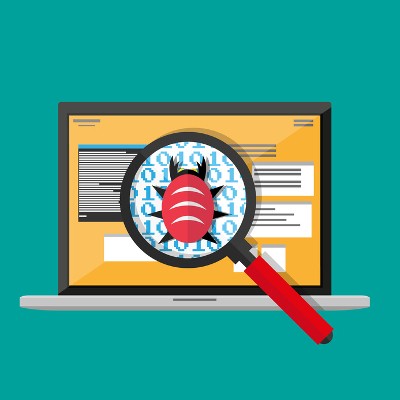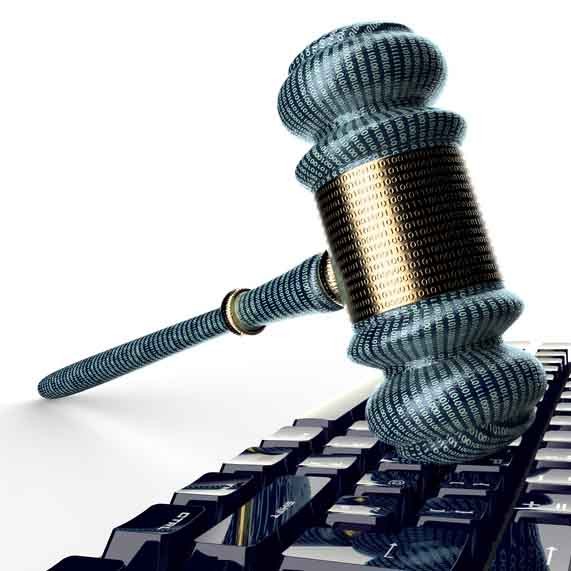Graemouse Technologies Blog
It is certainly important that you update your software and hardware with the latest patches and updates, but it is also important to keep in mind that while these patches and updates resolve certain issues, these updates can also create problems of their own. An upcoming update to Google Workspace is the perfect example of this.
Being told by an IT provider how important it is for you to update your software is probably a bit like your grade school teacher telling you how important it is to do your homework: of course they’re going to say it, it’s their job to do so. However, we’re telling you what the Department of Homeland Security announced when they released a warning to update your Google Chrome web browser.
A new type of malware is targeting routers in what is considered a large enough threat that even the FBI is addressing it. Even worse, a router isn’t necessarily a device that you think would be vulnerable to attack from a hacker. What can you do to keep your business’ Internet access points secure from hacking attacks? Let’s dig in to the details about what the VPNFilter malware does and how you can address it.
Hundreds of millions of people use wireless Internet connections every day, and as a result, hackers are taking that as a challenge. They are now starting to develop malware that targets people through their routers. Recently, security researchers at Kaspersky Lab have discovered the malware named Slingshot. The code is designed to spy on PCs through a multi-layer attack that targets MikroTik routers. Today we take a look at Slingshot, and other router-based malware and what you can do about it.
December 14th is the last day that our government representatives can vote whether or not to continue the Internet’s protection under the net neutrality rules established in 2015. Without these rules in place, your data can be analyzed by your Internet service provider, and they are free to act on that knowledge and manipulate your Internet in support of their own interests.
There has been a lot of buzz about the term net neutrality in the news, on social media, and around the water cooler lately. The FCC is preparing to end net neutrality on December 14th, 2017, and it’s causing a major stir. From activist groups encouraging people to call congress with their concerns, to headlines exclaiming that the Internet as we know it is dying, there is a lot to sift through to really understand what the stakes are. Our goal is to make sense of net neutrality without the sensationalism, and explain how it can affect small business owners.
One of the best ways your organization’s network can remain secure is to always use the most recent version of any critical software solutions on your network. Unfortunately, making the jump to a more recent operating system is easier said than done, particularly for small businesses that have limited budgets. The problem of security becomes even more pressing for businesses that need to upgrade multiple servers and workstations, as failing to do so could prove to be fatal for your organization.
A new malware swept across the globe Tuesday, incorporating facets of many ransomwares that have made headlines recently. While it originally appeared to be a variant of the Petya ransomware, it has been determined that it shares more in common with WannaCry. However, “NotPetya,” as it has been named, has a few additional features that experts say make it worse than either of its predecessors.
Thanks to one of Google’s researchers with the Zero Day Project, it has been discovered that LastPass has a major vulnerability as a result of a major architectural problem. This news comes on the heels of many other flaws the same researcher discovered within LastPass. However, based on what the researcher claims, these vulnerabilities were much less serious than his latest discovery.
All across the United States, banks are rolling out ATM improvements to help boost the security of their members by utilizing mobile devices. While these measures will undoubtedly help, they aren’t enough to fix all of the vulnerabilities that ATMs suffer from without some vigilance on the user’s part.
In recent news, millions of records containing personal information were made available to the public in a sizable data leak, providing potential scammers with plenty of information to utilize in their schemes. These records were all part of a 53 GB database that was available for purchase from Dun & Bradstreet, a business service firm.











![Net Neutrality: Everything Business Owners Need to Know [VIDEO]](https://www.graemouse.com/images/easyblog_shared/December_2017/12-5-17/b2ap3_large_NetNeutrality_99304932_sq.jpg)







